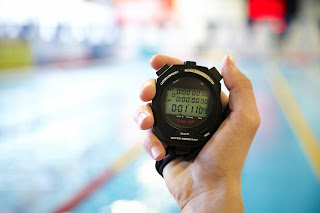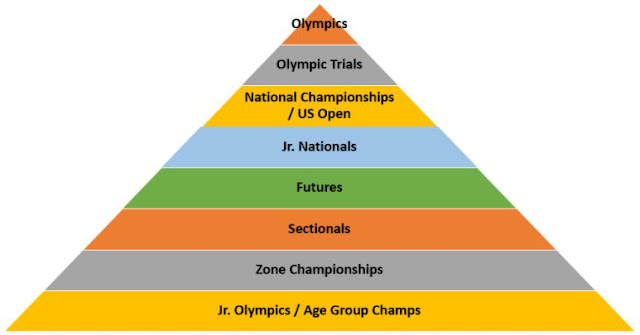Abbreviations of Swim Officials

If you have taken the step to become a swim official (refer to my other blog post here ), you will most likely start your journey as an Stroke & Turn Apprentice. You may come across various 2-letter abbreviation of different officials in swim meets & they will also appear in the USA Swimming Officials Tracking System (OTS) after you have officiated. Refer to the below table. You will notice that if you are an Apprentice for something, the abbreviation will always start with a "X". For example, let's say you have worked 2x sessions as an Apprentice Stroke & Turn Official at a recent swim meet. After the meet, the Meet Referee will update OTS by entering the number of sessions you have worked. Once that is done, you can log-in to check your OTS and see: - the name of the meet - the number of sessions that you worked (in this example, 2) - which position you have worked (in this example, since you were an Apprentice Stroke & Turn Official, it will appe





